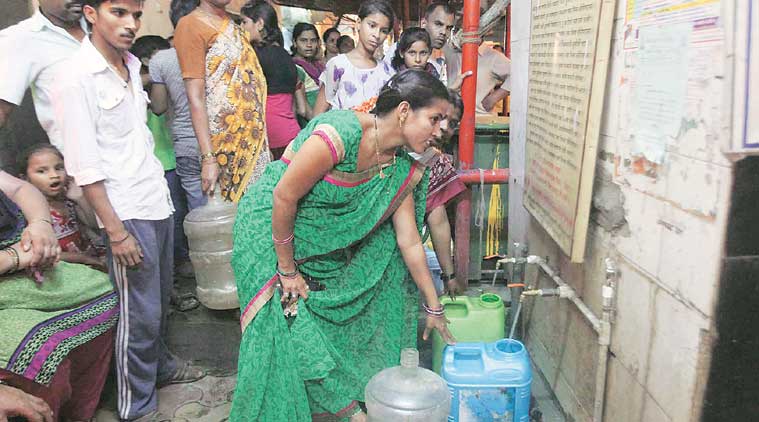No Sign of Relief as Water-borne Diseases Continue to Haunt
Sanitation and clean water supply has been a priority of subsequent governments, however the prevalence of water-borne diseases in India has only declined marginally. This is inspite of extensive efforts to address the problem through sustained efforts to improve access to water and sanitation and engagement of rural health centre staff to increase awareness. Every year more than 1.2 Crore cases of water-borne diseases are reported in India. Water borne diseases are also the cause of death for over 3600 people every year. The highest prevalence of the water-borne diseases per lakh population is reported by Andhra Pradesh, West Bengal and Odisha. It is also high in the coastal UTs, north-eastern states and hilly states due to their local climatic conditions. Chandigarh and Delhi, inspite of being covered by treated water sources, report a comparatively high prevalence of water-borne diseases. The deaths per lakh population due to water-borne diseases is very high in Assam, Delhi, Odisha and West Bengal. Given that the prevalence is still high, a holistic approach which focuses on behavioural change and individual-driven preventive measures may be required to supplement improved access to toilets and treated water and timely diagnosis and treatment especially in states with high recurrence of outbreaks.

